Speaking at the opening ceremony, Mr. Nguyen Anh Minh, Director of the Vietnam Fine Arts Museum, said that the work “The Hillsides of Deli Ibrahim” (Algiers) presented to the Vietnam Fine Arts Museum by Dr. Amandine Dabat, the 5th generation descendant of King Ham Nghi, on behalf of King Ham Nghi’s family, is a priceless gift, a noble gesture for the Museum.
The reception and display of the painting is of great significance to the Vietnam Fine Arts Museum in particular, and to Vietnamese fine arts in general. It demonstrates the respect and recognition of the act of King Ham Nghi's family in repatriating the patriotic king's painting, and at the same time honors the kind-hearted people who donated artworks to the Museum.

Mr. Nguyen Anh Minh, Director of Vietnam Museum of Fine Arts, spoke at the ceremony.
“The work “The Hillsides of Deli Ibrahim (Algiers)” not only adds to and enriches the collection of the Vietnam Fine Arts Museum, but is also a valuable source of material for researchers of the history of modern and contemporary Vietnamese art in the late 19th and early 20th centuries,” the Director of the Vietnam Fine Arts Museum emphasized.
The oil painting “The Hillsides of Deli Ibrahim (Algiers)” was created by King Ham Nghi in 1908, depicting a countryside scene near his home in Algiers. The sunset scene with a backlit perspective is one of his most iconic works. Using a dot painting style influenced by French painters of the late 19th century, the artist made the vibrant colors of the evening come alive. In 1926, the painting was exhibited at the Mantelet-Colette Weil gallery in Paris, under the title “The Hillsides of Deli Ibrahim (Algiers)” and signed Tu Xuan.
The painting will be presented to the Vietnam Museum of Fine Arts by Dr. Amandine Dabat, a fifth-generation descendant of King Ham Nghi, representing the family of King Ham Nghi, with the hope that the Vietnamese public and international visitors will have the opportunity to admire the artwork of the exiled Emperor, the Artist in Algiers, right in his homeland.
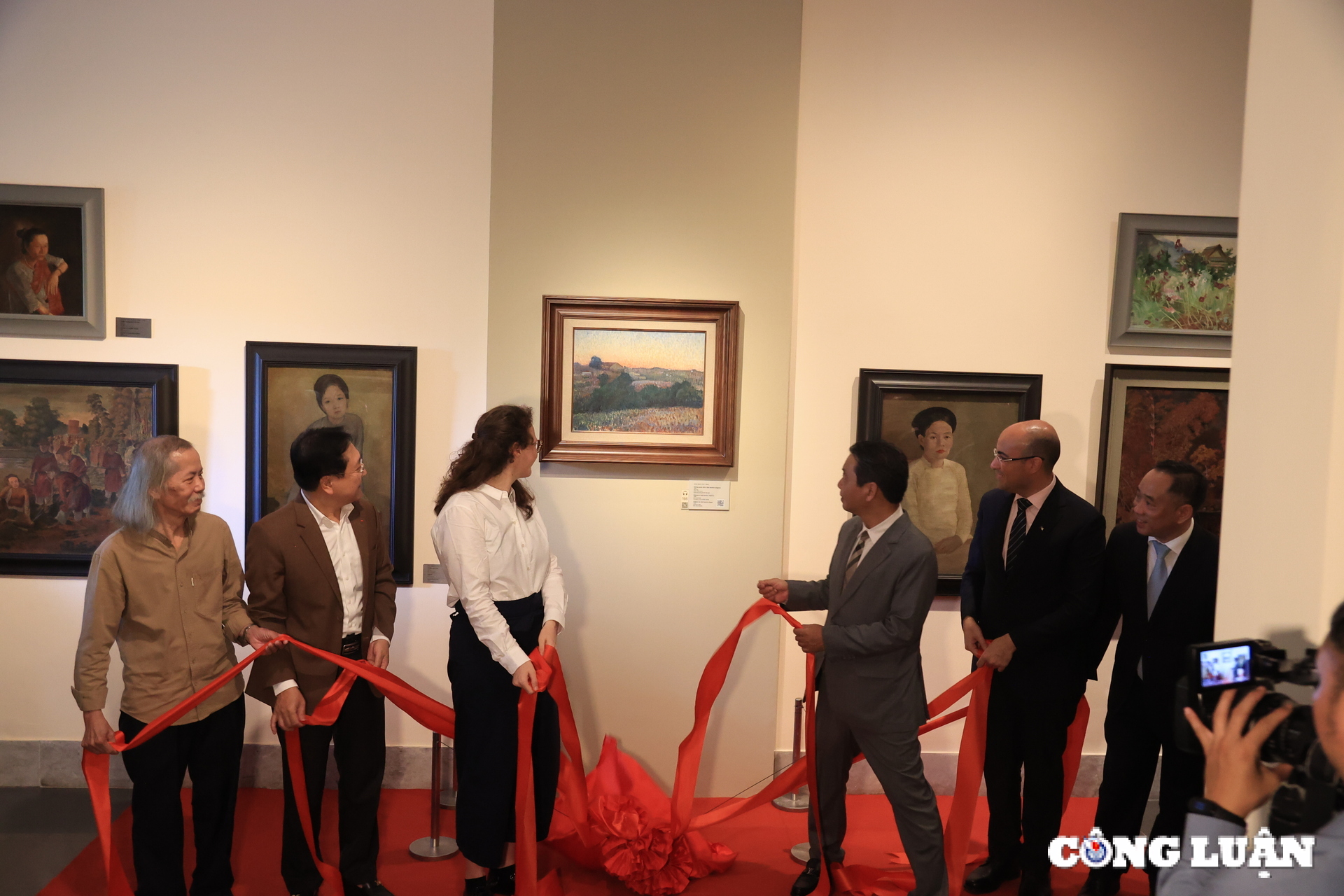
The work “The Hillsides of Deli Ibrahim” (Algiers) was presented to the Vietnam Museum of Fine Arts by Dr. Amandine Dabat, 5th generation descendant of King Ham Nghi, on behalf of King Ham Nghi's family.
According to Dr. Amandine Debat: “Ham Nghi’s paintings have a tight structure, selective colors, and content that seeks the beauty of nature, but is discreet, sad, and melancholy because art is a means to express nostalgia for his homeland. He created many oil paintings, pastels, bronze sculptures, and plaster. If the majority of his paintings were landscapes, in sculpture, the king portrayed the faces of women or people through busts. He was always like a Western artist and a Vietnamese artisan.”
Although he was influenced by Gauguin, Nabis, Impressionism or Post-Impressionism, King Ham Nghi's artistic views had their own unique features. For Ham Nghi, painting and art were a space of freedom. He mainly painted landscapes, a few portraits, and a few sailors, but did not paint political themes.
The reception and display of the painting is of great significance to the Vietnam Fine Arts Museum in particular, and to Vietnamese fine arts in general. It demonstrates the respect and recognition of the act of King Ham Nghi's family in repatriating the patriotic king's painting, and at the same time honors the kind-hearted people who donated artworks to the Museum.

Leaders and guests enjoy the work "Hillsides of Deli Ibrahim" (Algiers).
King Ham Nghi (1871-1944), real name Nguyen Phuc Minh, courtesy name Ung Lich, ascended the throne in 1884, was the eighth emperor of the Nguyen Dynasty. After the fall of Hue in 1885, King Ham Nghi left the capital and issued the Can Vuong Proclamation, calling on heroes, scholars and patriotic people to rise up to regain independence and freedom for the nation. In 1888, the king was captured by French colonialists and exiled to Algiers (capital of Algeria) in 1889. He lived in a villa on El Biar hill, about 12 km from the capital Algiers, still maintaining the country's customs until his death in January 1944. During his exile, the king studied painting and sculpture, pursuing Impressionism and Post-Impressionism. Before his death, he left behind a huge artistic legacy including 91 paintings and other sculptures. Many of his works are known to the art world through auctions and exhibitions in France. |


![[Photo] Air Force actively practices for the April 30th celebration](https://vstatic.vietnam.vn/vietnam/resource/IMAGE/2025/4/15/16fdec3e42734691954b853c00a7ce01)
![[Photo] Welcoming ceremony for Prime Minister of the Federal Democratic Republic of Ethiopia Abiy Ahmed Ali and his wife](https://vstatic.vietnam.vn/vietnam/resource/IMAGE/2025/4/15/77c08dcbe52c42e2ac01c322fe86e78b)
![[Photo] General Secretary To Lam meets with veteran revolutionary cadres, meritorious people, and exemplary policy families](https://vstatic.vietnam.vn/vietnam/resource/IMAGE/2025/4/15/7363ba75eb3c4a9e8241b65163176f63)

![[Photo] Ho Chi Minh City after 50 years of national reunification through buildings and symbols](https://vstatic.vietnam.vn/vietnam/resource/IMAGE/2025/4/15/a224d0b8e489457f889bdb1eee7fa7b4)
![[Photo] National Assembly Chairman Tran Thanh Man attends the summary of the organization of the Conference of the Executive Committee of the Francophone Parliamentary Union](https://vstatic.vietnam.vn/vietnam/resource/IMAGE/2025/4/15/fe022fef73d0431ab6cfc1570af598ac)
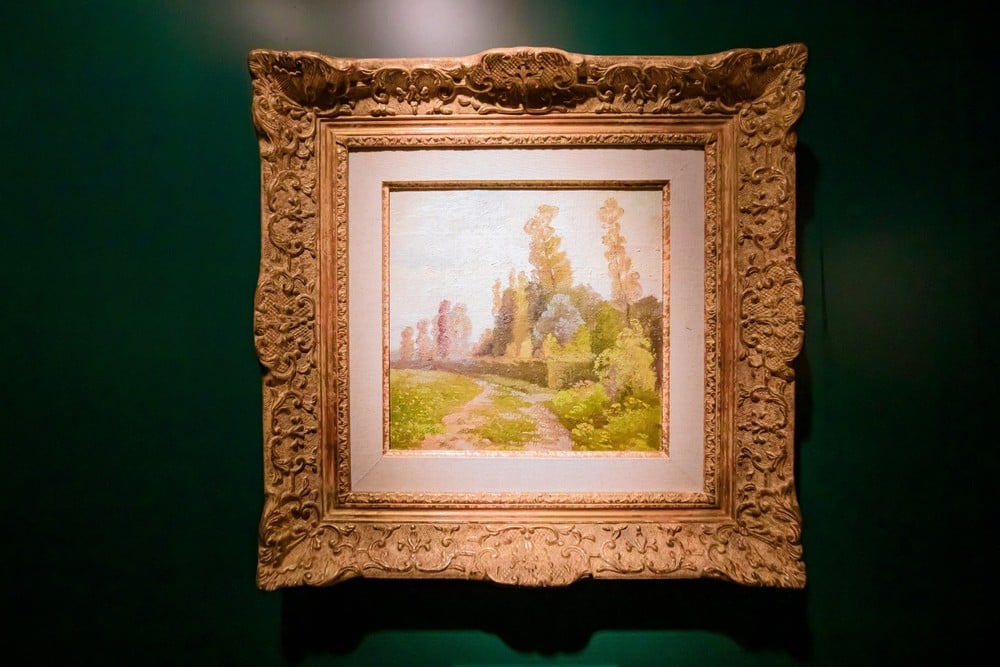

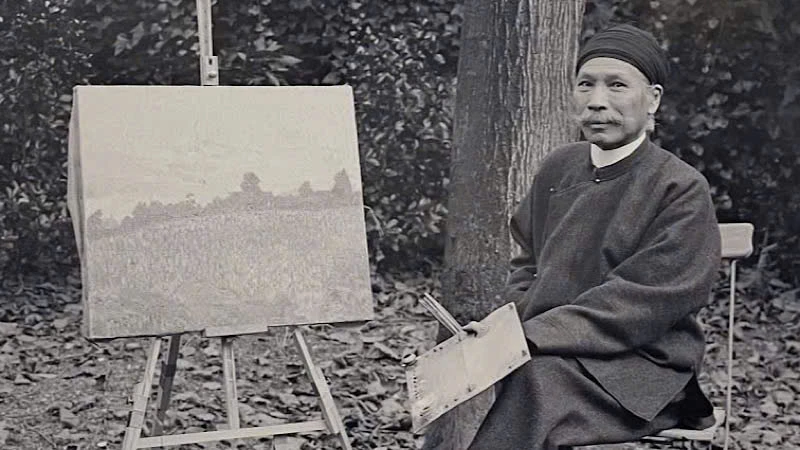

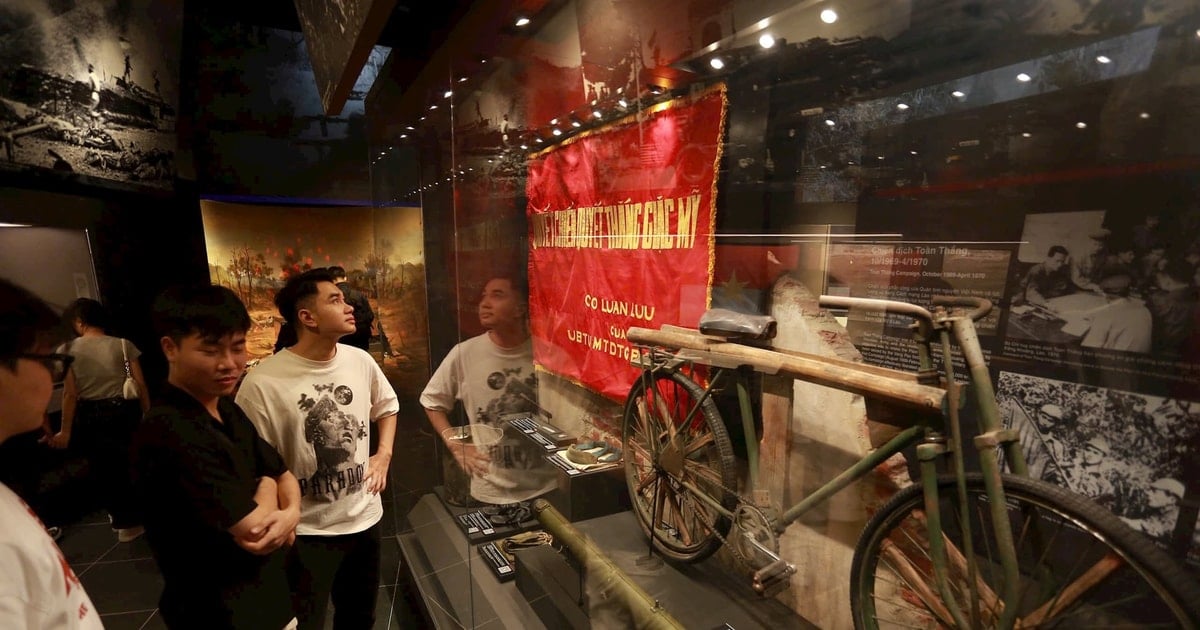

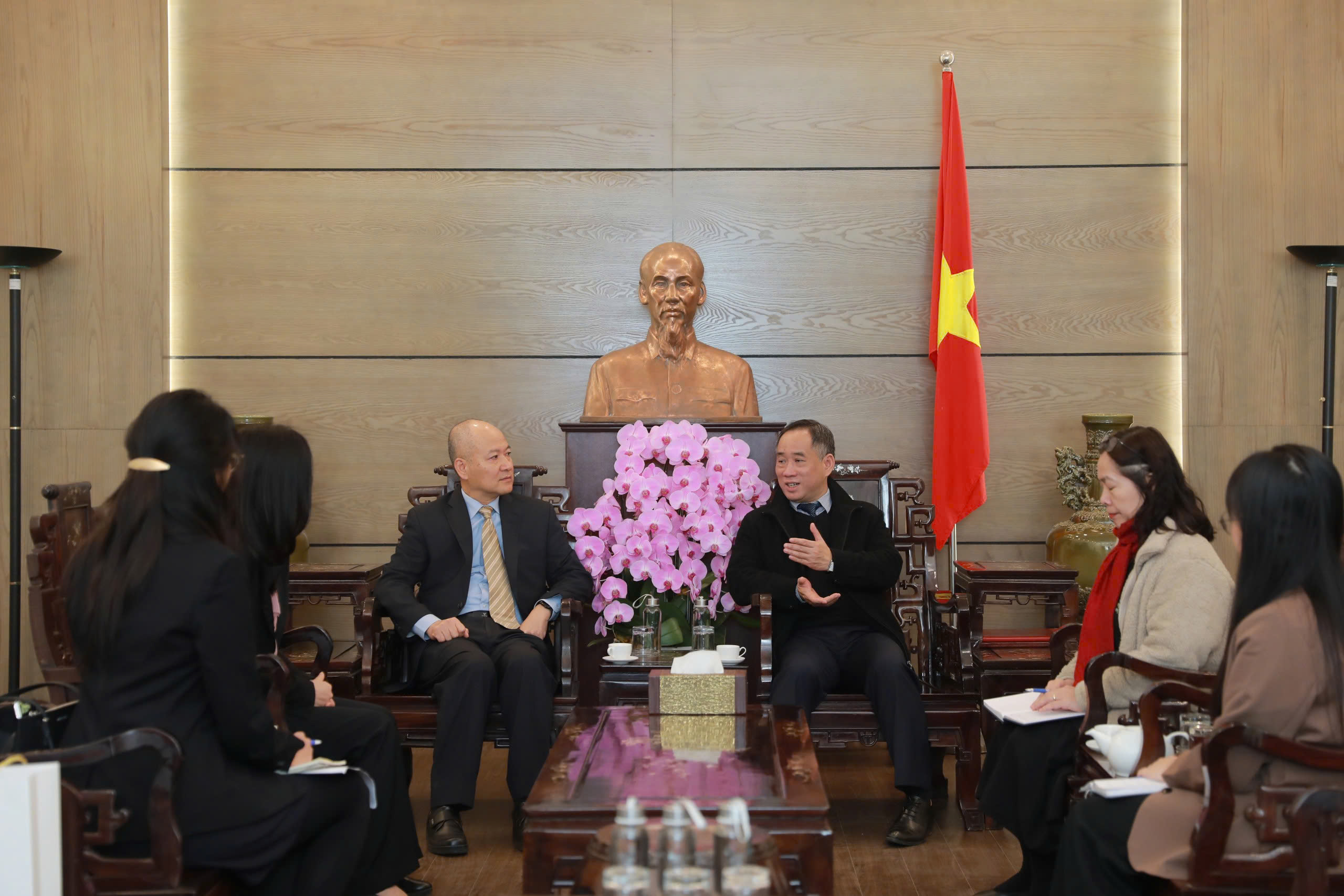
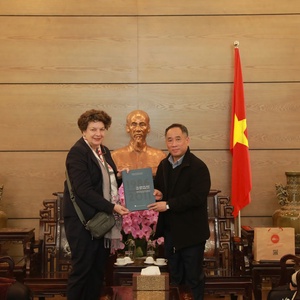
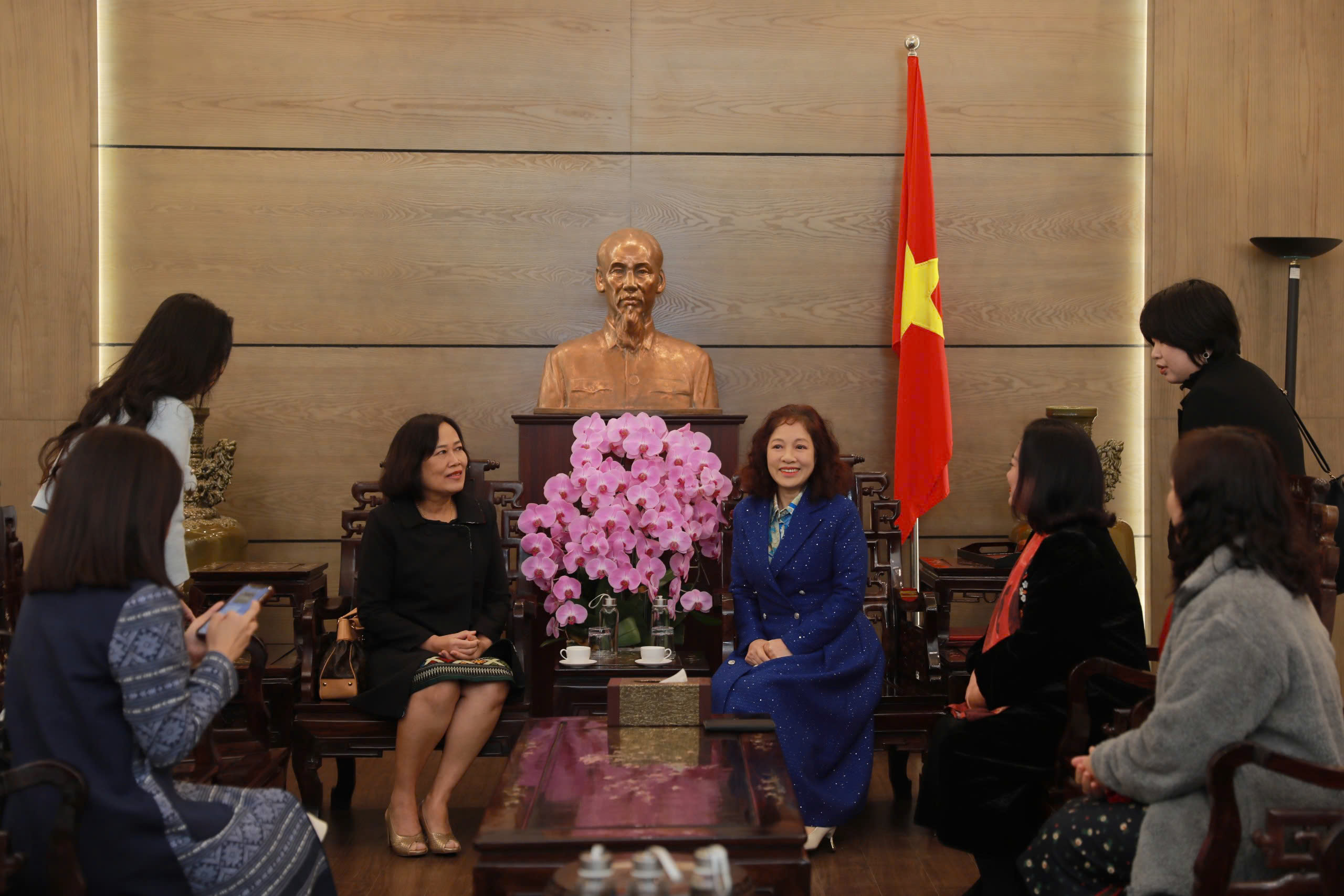
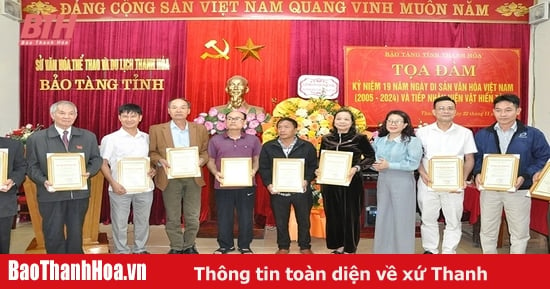


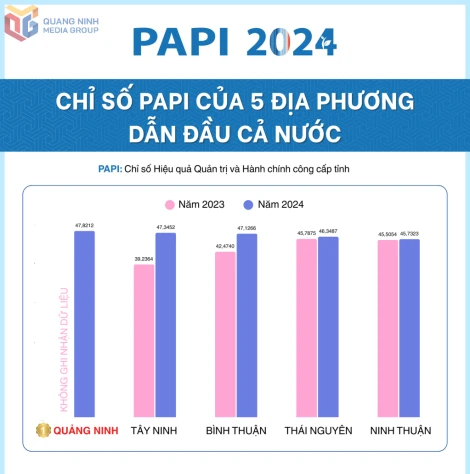




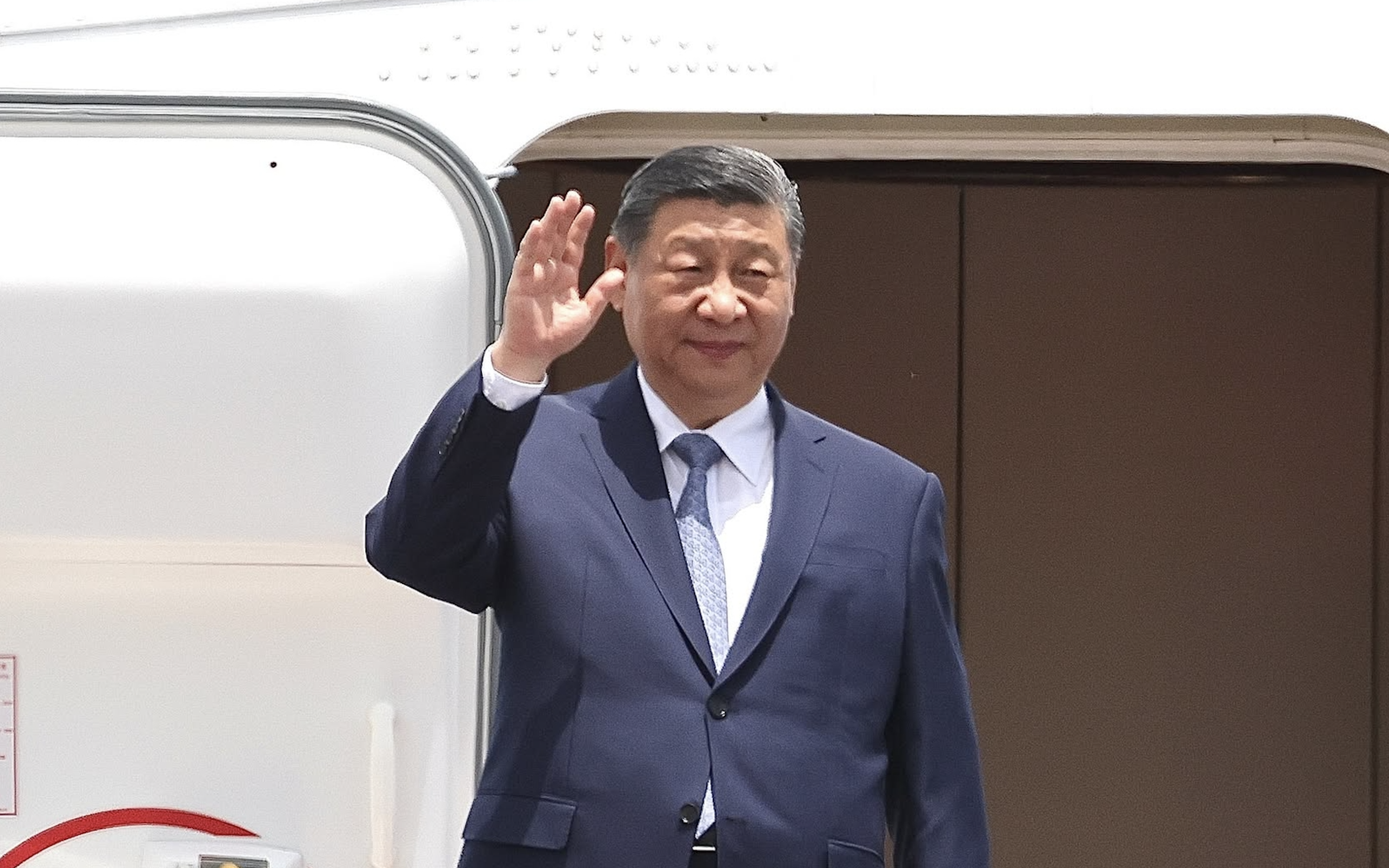
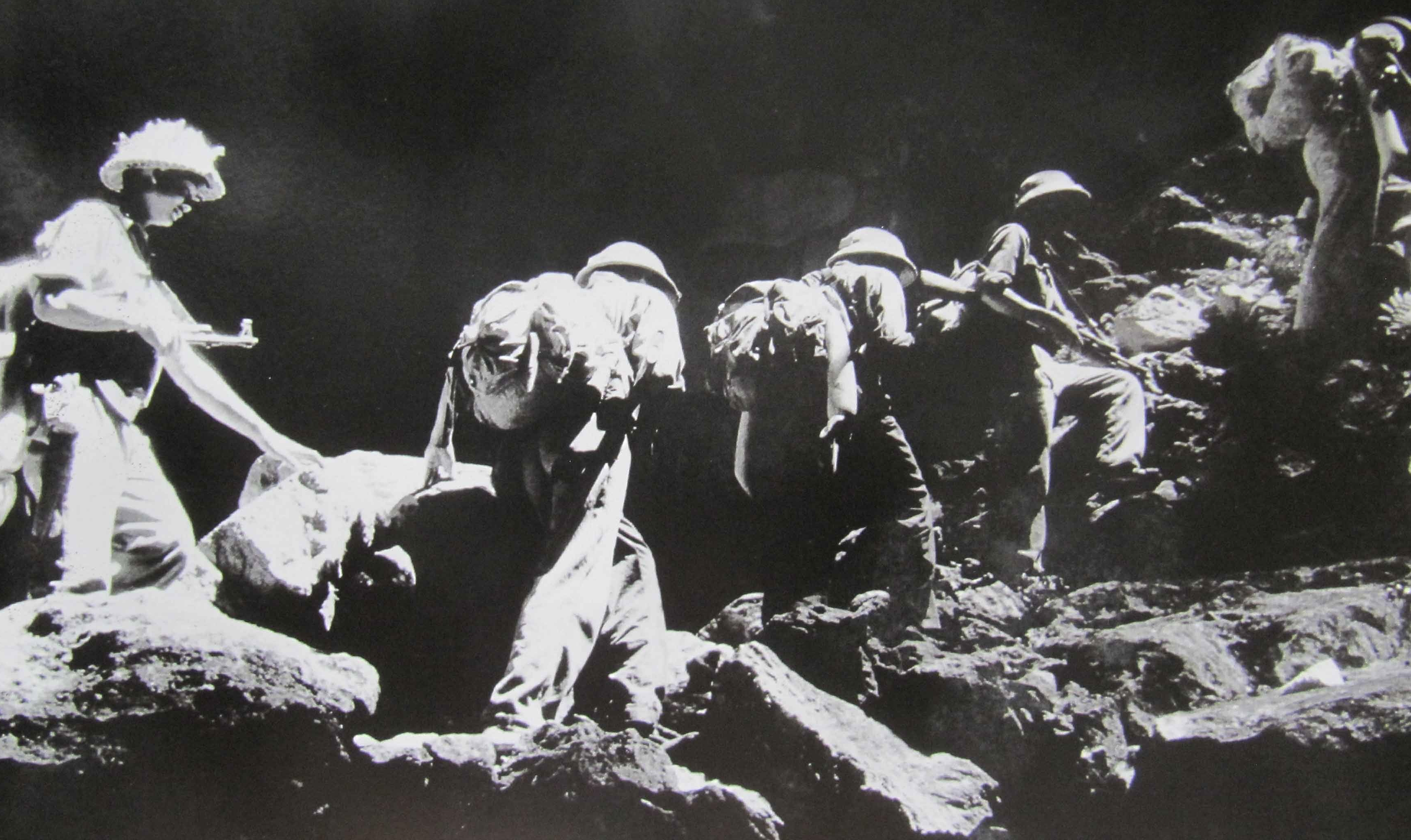
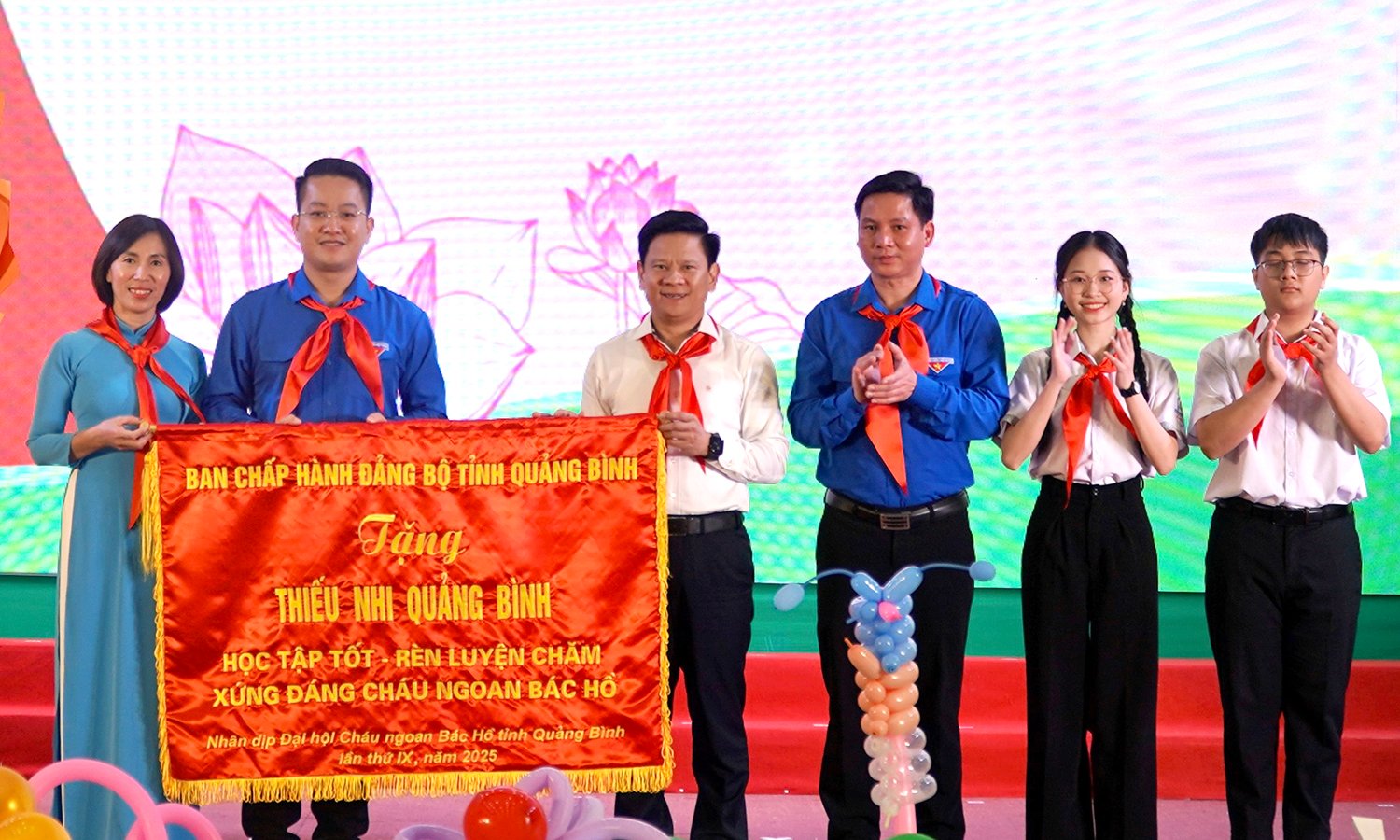



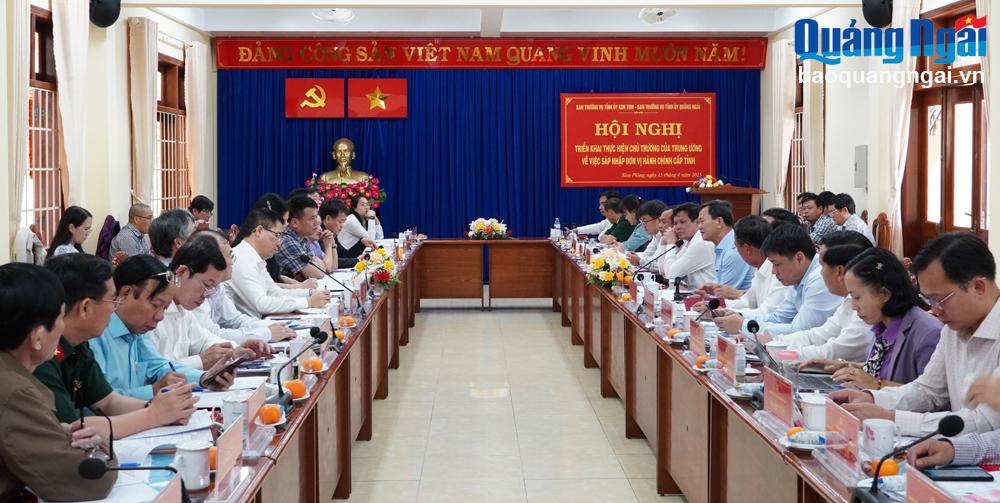







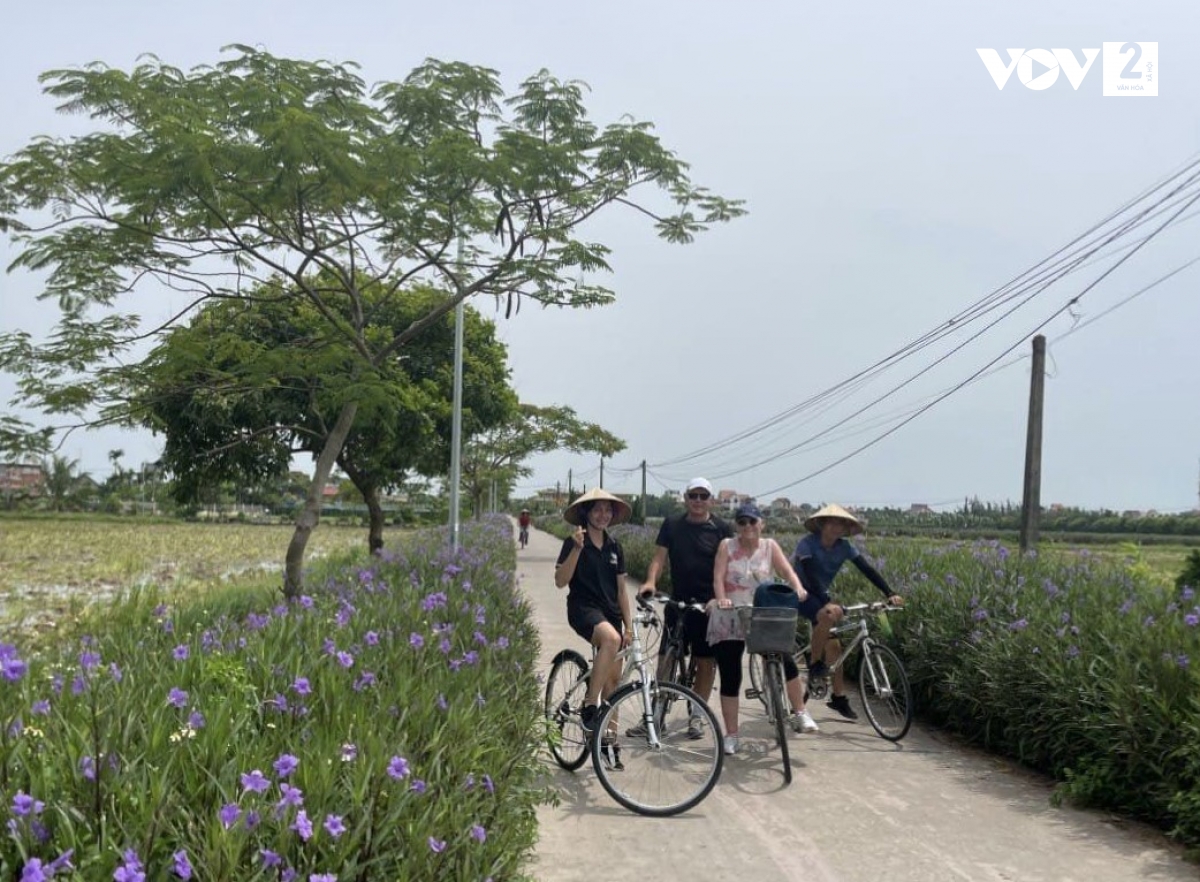

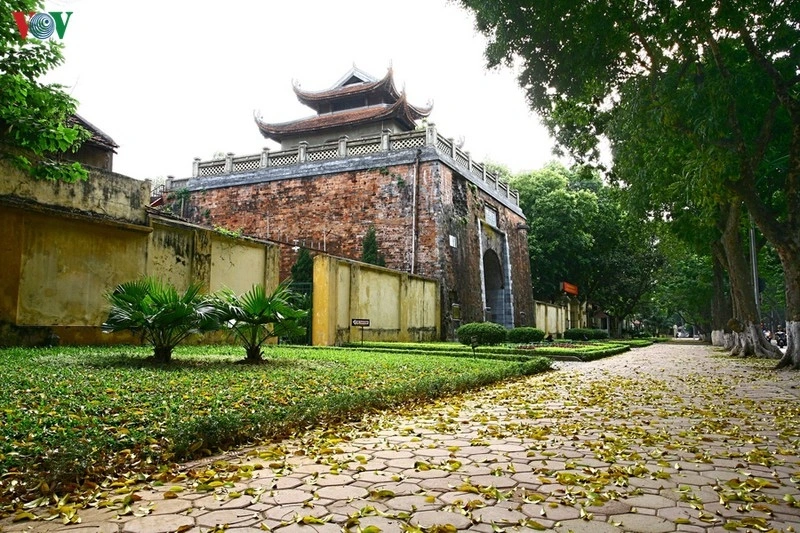























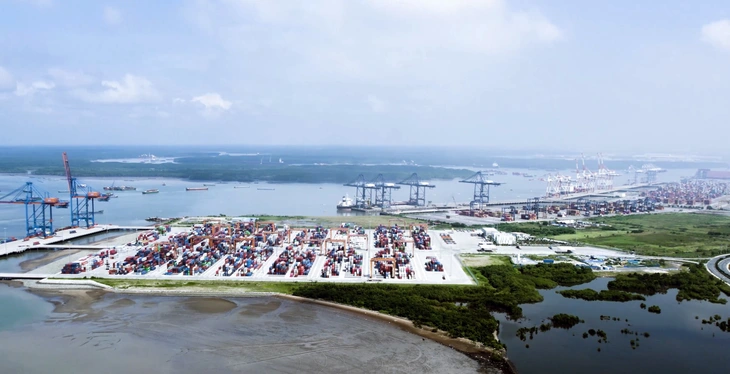





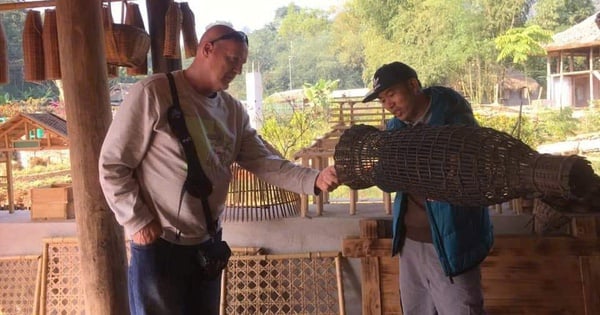

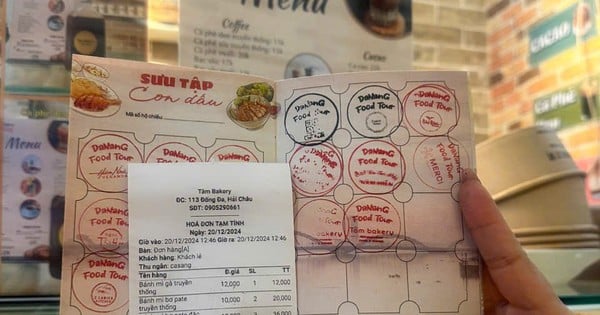
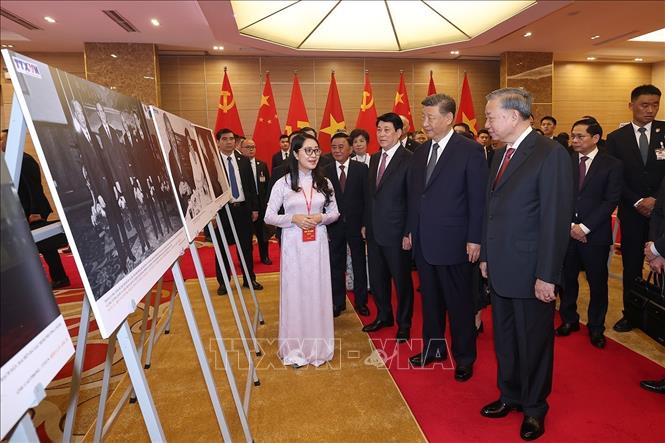


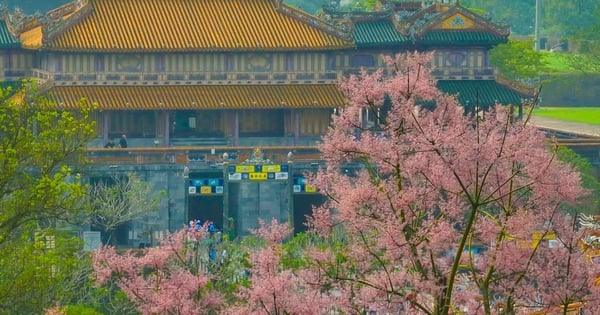
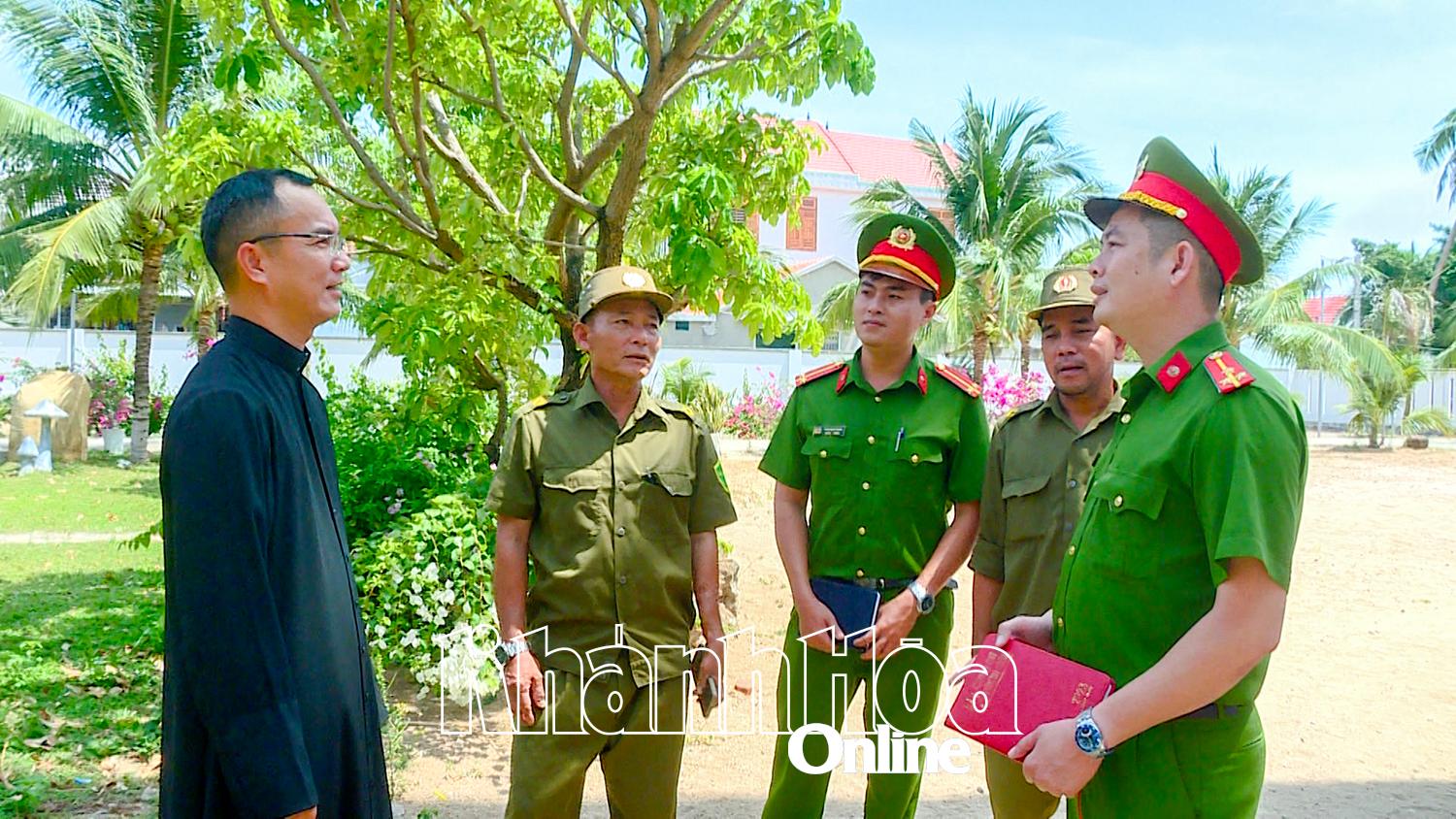


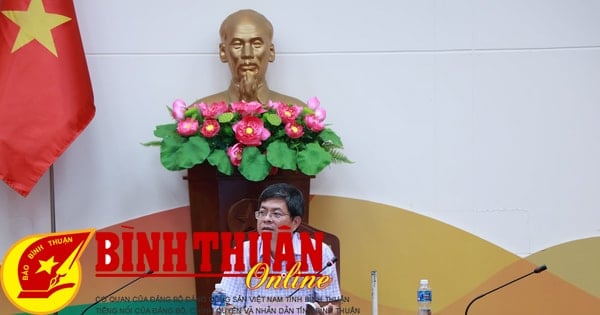





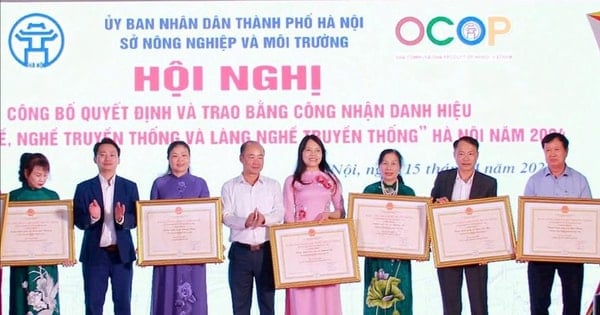


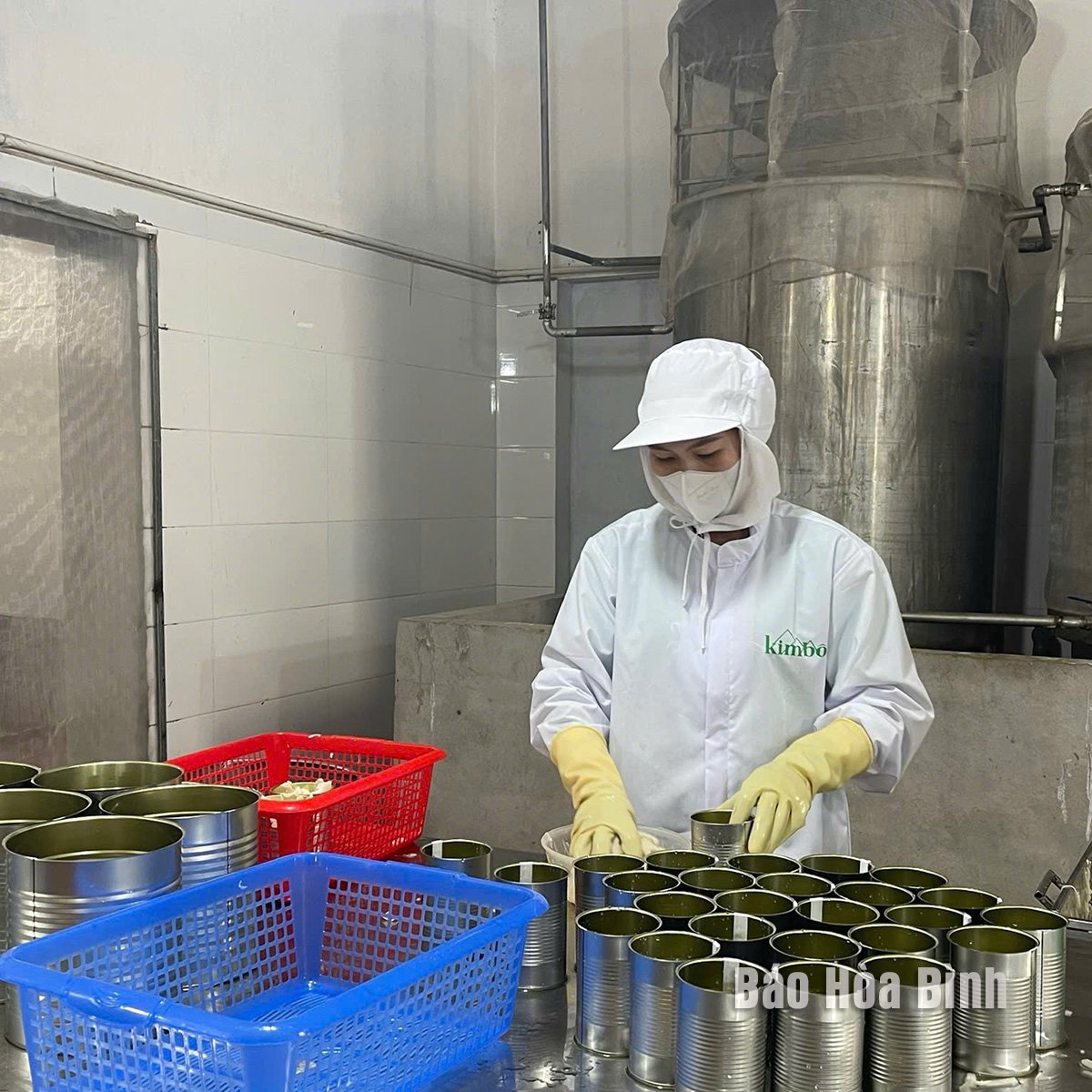

Comment (0)